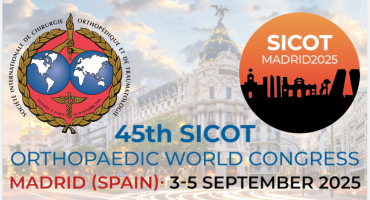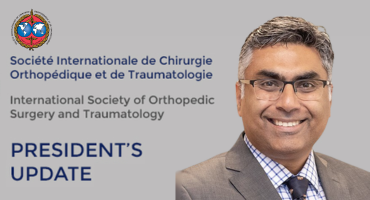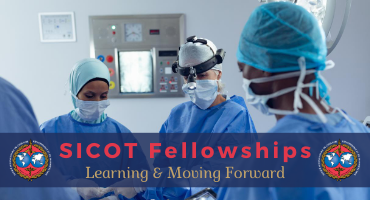Completely Displaced Midshaft Clavicular Fractures with Skin Tenting in Adolescents: Results from the FACTS Multicenter Prospective Cohort Study
J Bone Joint Surg Am. 2025 May 30. doi: 10.2106/JBJS.24.00083. Online ahead of print.
ABSTRACT
BACKGROUND: Skin tenting is a commonly utilized surgical indication for clavicular fractures. The impact of skin tenting on fracture outcomes has not been investigated in adolescents. The present study compared the clinical and patient-reported outcome measures (PROMs) of nonoperatively and operatively treated adolescent clavicular fractures with skin tenting at presentation.
METHODS: Patients 10 to 18 years old with completely displaced midshaft clavicular fractures managed at 8 participating institutions from 2013 to 2022 were filtered to identify a cohort with either of 2 categories of skin tenting at initial presentation: (1) "skin tenting" or (2) "skin-at-risk for necrosis" (i.e., tented, white, and hypovascular). Demographics, fracture characteristics, treatment, complications, time to return to sport, and PROMs (i.e., American Shoulder and Elbow Surgeons score; Quick Disabilities of the Arm, Shoulder and Hand; Marx Shoulder Activity score; and European Quality of Life visual analog scale [EQ-VAS]) were analyzed at a minimum of 1-year follow-up.
RESULTS: A total of 88 (12%) of 764 prospectively enrolled adolescents with completely displaced midshaft clavicular fractures presented with skin tenting. Patients with skin tenting had older age and greater comminution, shortening, and superior displacement than those without skin tenting. A total of 58 patients with skin tenting (66%) underwent open reduction and internal fixation (ORIF), and 30 (34%) underwent nonoperative treatment, none of whom developed skin-related complications. However, 3 patients in the nonoperative cohort (10%) underwent early conversion to ORIF at a mean of 27 days (range, 6 to 62 days) post-injury. Although the nonoperative cohort was an average of <1 year younger than the ORIF cohort (nonoperative cohort, 14.5 years; ORIF cohort, 15.4 years; p = 0.04), there were no differences in sex (p = 0.23), shortening (p = 0.13), superior displacement (p = 0.14), or comminution (p = 0.32) between groups. PROMs were available for 63% of patients 1 or 2 years post-injury, with no differences in the PROMs European Quality of Life 5 Dimensions 5 Level Version (EQ-5D-5L) and EQ-VAS, complications (p = 0.76), or time to return to sport (p = 0.80) between treatment groups.
CONCLUSIONS: In this large cohort of prospectively enrolled adolescent patients with clavicular fractures, 12% of patients with completely displaced clavicular fractures presented with skin tenting, approximately one-third of whom were definitively treated nonoperatively, though 10% of the initial nonoperative cohort underwent early conversion to ORIF. Adolescents with skin tenting treated nonoperatively demonstrated no differences in PROMs, complications, or time to return to sport, compared with patients who underwent ORIF.
LEVEL OF EVIDENCE: Therapeutic Level II. See Instructions for Authors for a complete description of levels of evidence.
PMID:40446020 | DOI:10.2106/JBJS.24.00083














